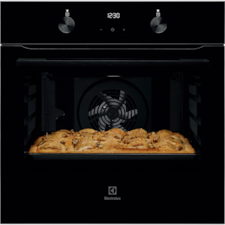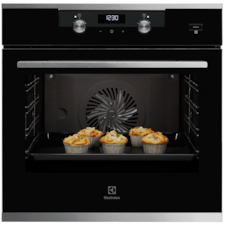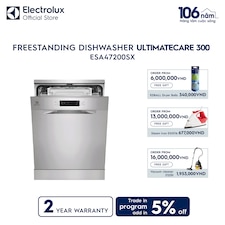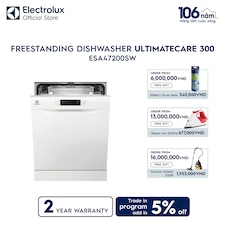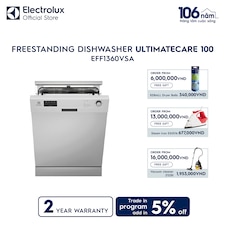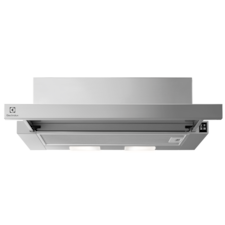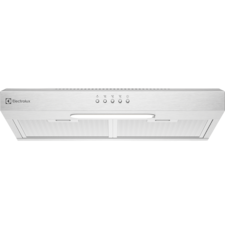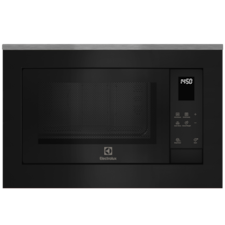When you upgrade your kitchen, one of the first questions you're likely to face is built in vs freestanding—which type of appliance makes more sense for your space and lifestyle? Each option has its perks, whether you're after a seamless look or maximum flexibility.
But with so many choices, it’s easy to feel unsure about what really fits your needs. This guide breaks down the benefits of both styles and helps you figure out what to consider before making your decision.
What are built-in and freestanding kitchen appliances?
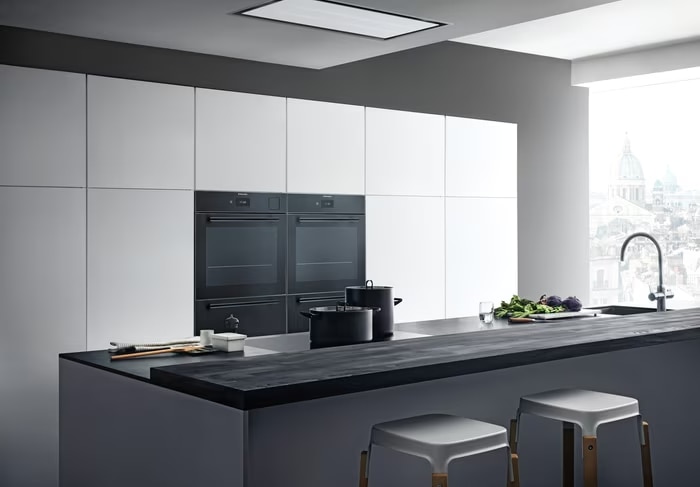
Understanding the difference between the two styles is the first step in choosing what works best for your kitchen’s layout, your lifestyle, and how often you cook or entertain.
Built-in kitchen appliances are designed to be integrated into your cabinetry, creating a streamlined, custom look. These appliances—like ovens, cooktops, and dishwashers—are often flush with cabinets and can even be concealed behind matching panels.
In contrast, freestanding appliances are stand-alone units that don’t require permanent installation. They're typically easier to move, replace, or upgrade, making them ideal for flexible layouts or rental homes. Common freestanding options include gas stoves, refrigerators, and cooker hoods, and they usually feature finished sides so they can stand independently.
Understanding the differences: Freestanding vs built-in appliances
Choosing between built in kitchen appliances and freestanding ones isn’t just a matter of looks—it affects how your kitchen functions day to day. From installation to maintenance, each style comes with its own advantages depending on your layout, lifestyle, and priorities.
If you’re deciding between built-in and freestanding appliances, here’s a quick side-by-side comparison to help you weigh the differences at a glance. For a deeper look at the pros and cons of each, keep reading below.
|
Feature |
Built-in Appliances |
Freestanding Appliances |
|---|---|---|
|
Installation |
Installed into cabinetry; requires precise fit and pro help |
Easy to install and move; plug-and-play convenience |
|
Aesthetics |
Seamless, modern, high-end appearance |
More visible; may disrupt clean kitchen lines |
|
Space Efficiency |
Saves floor and counter space; ideal for compact kitchens |
May need extra clearance; not space-optimized |
|
Flexibility |
Fixed placement; best for long-term setups |
Easy to relocate or replace; great for renters or updates |
|
Features & Performance |
Often includes premium or smart features |
Varies; standard models may offer fewer advanced functions |
|
Maintenance |
Harder to access for repairs or cleaning |
Easier to service and clean around |
|
Cost |
Higher upfront and installation costs |
Generally more budget-friendly |
|
Resale Value |
Can increase property value |
Less impact on long-term property appeal |
1. Installation and flexibility
Built-in appliances are installed directly into cabinetry or walls, requiring precise measurements and often professional setup. Once installed, they’re meant to stay put—ideal for long-term homes or remodels.
On the other hand, freestanding appliances are plug-and-play. They’re easier to install, move, and replace, making them a good fit for renters or homeowners who plan frequent updates or renovations.
2. Design and aesthetics
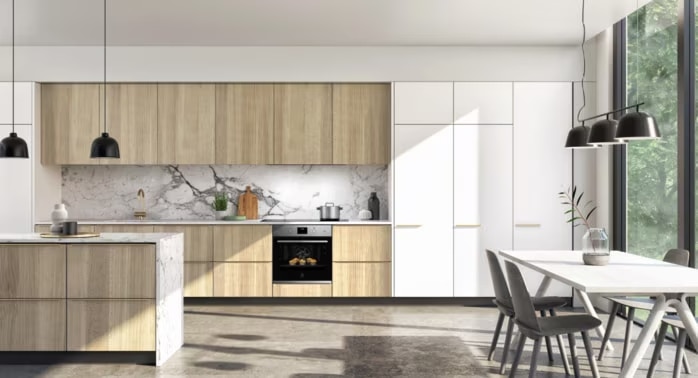
If you're going for a seamless, modern kitchen, built-in appliances deliver a sleek, cohesive appearance. They can be flush with cabinets or even hidden behind matching panels.
Freestanding models, while often more visible, come in a wide range of styles and finishes that can complement your décor. For a design-focused kitchen, built-in options often offer a more high-end look.
3. Space planning
Built-in kitchen appliances are excellent for optimizing space—especially in small or oddly shaped kitchens. They free up floor space and contribute to a more open feel. Freestanding units, though sometimes bulkier, can be more versatile in where they’re placed and are easier to reposition if your kitchen layout changes.
4. Performance and features
Both types offer models with advanced features, but built-in appliances often come with premium extras—like steam baking, smart sensors, or integrated controls—especially in high-end models.
Freestanding appliances tend to focus on core functionality with simpler controls, but many modern options still include great tech, such as convection cooking or fast-cycle dishwashing.
5. Maintenance
Freestanding appliances are easier to access for cleaning, repairs, or replacement. With built-in kitchen appliances, some components may require more effort to reach, and servicing might involve temporarily removing the unit. However, built-ins typically gather less dust and debris around them due to their flush placement.
Pros and cons of built-in kitchen appliances
Built-in kitchen appliances offer a streamlined, high-end look that’s increasingly popular in modern homes—but they aren’t always the right fit for every household. Below are the key advantages and potential drawbacks to help you weigh the decision.
The pros of built-in kitchen appliances
- Seamless, custom look
- Saves space visually and physically
- Flexible placement options
- Advanced features and technology
- Increases home value
- Quiet operation
The cons of built-in kitchen appliances
- Higher upfront cost
- Complex installation
- Less layout flexibility
- Tricky to repair or replace
- Not renter-friendly
- Fewer size and model options
Pros and cons of freestanding kitchen appliances
Freestanding kitchen appliances offer flexibility and ease of use, making them a popular choice for many households—especially those with changing needs or limited renovation budgets.
Here’s what to consider when evaluating their benefits and limitations.
The pros of freestanding kitchen appliances
- Flexible and easy to move
- Quick, low-cost installation
- Plenty of size and style options
- Easy to access and service
The cons of freestanding kitchen appliances
- Less polished look
- Takes up more room
- Fewer premium features
- Not a custom fit
- Lower resale impact
How to choose the right built-in or freestanding kitchen appliances for your home
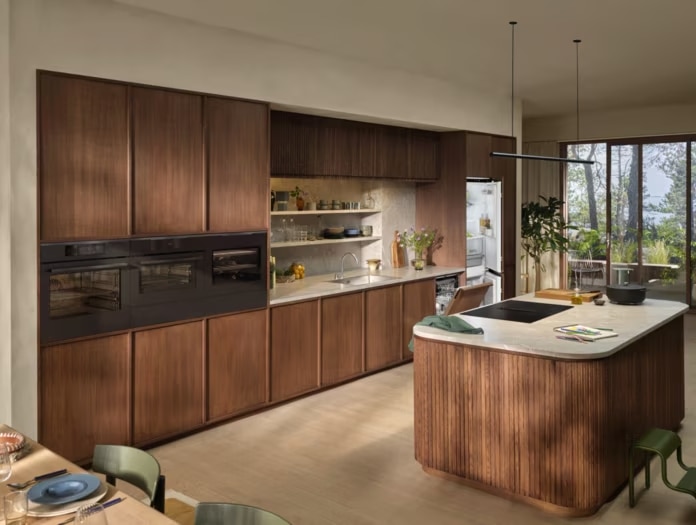
When deciding between built-in and freestanding appliances, think beyond just measurements—consider how each choice fits your day-to-day lifestyle and future plans:
- Visualize your kitchen in action, not just how it looks
- Plan with future changes in mind
- Let your design choices support your lifestyle
- Think beyond the price tag
Built-in or freestanding? Let’s break it down by appliance
Electrolux is a trusted leader in premium kitchen appliances, offering both built-in and freestanding options designed to suit a wide range of spaces, cooking habits, and personal styles.
Whether you're renovating your kitchen or updating a few key items, here's how different styles can bring value to your daily routine:
Stoves & Hobs
- Built-in hobs: Ideal for sleek countertops and seamless integration. Electrolux hobs feature precise heat control, easy-to-clean surfaces, and flexible burner configurations.
- Freestanding hobs: Offer greater flexibility and easier installation. Suitable for renters or those who may reconfigure their kitchen in the future.
-
- Connect zones to increase cooking space
- Large cooking zones on both sides
- Infinite heating zones
-
- PowerBoost provides quick, intense heat.
- Use Auto heat-up to get cooking faster.
- Induction is safe, fast, and energy efficient.
-
- Blue flame burns efficiently to lower energy cost.
- High power burner is ideal for stir-frying.
- Flame failure cuts off gas supply for your safety.
Ovens
- Built-in ovens: Perfect for modern layouts and ergonomic placement (e.g., at eye level). Electrolux models offer SteamBake technology and pyrolytic cleaning for premium results.
- Freestanding ovens: Combine oven and hob in one unit—great for compact kitchens or where space and cost-efficiency matter most.
-
- Different oven functions for diverse cooking.
- LED timer display sets exact cooking times.
- Steam Assisted Cleaning makes chores easier.
-
- SteamBake for bakery-style bread at home.
- Different oven functions for diverse cooking.
- LED timer display sets exact cooking times.
-
- SteamBake for bakery-style bread at home.
- Smart food probe monitors core temperatures.
- Catalytic self-cleaning absorbs grease and grime.
Dishwashers
- Built-in dishwashers: Tuck neatly behind cabinet doors, maintaining kitchen aesthetics. Electrolux built-ins include AutoFlex sensors and energy-efficient quick cycles.
- Freestanding dishwashers: More flexible for layout changes or easier upgrades. Offer the same core functionality with visible finishes.
-
- ExtraHygiene removes 99.99% bacteria & viruses*.
- AirDry for 3x better drying performance*.
- ExtraPower option improves wash performance.
-
- ExtraHygiene removes 99.99% bacteria & viruses*.
- AirDry for 3x better drying performance*.
- ExtraPower option improves wash performance.
-
- Hygiene removes 99.99% bacteria & viruses*.
- Eco Program is water and energy efficient.
- Quick program for smaller, lightly soiled loads.
Cooker Hoods
- Built-in cooker hoods: Designed to integrate with cabinetry while offering strong air extraction and quiet performance.
- Chimney cooker hoods: These are mounted directly on the wall above the cooktop and use ductwork to vent smoke, grease, and odors outside. They typically have high extraction power and are suitable for larger kitchens or situations requiring strong ventilation.
-
- Hob2Hood® for absolute comfort
- A high performance engine for fresh air
- Refresh the air while you enjoy your meal
-
- Intuitive operation
- Clean filter, clean air
- More light, less energy consumption
-
- 3-speed fan to adjust to what you're cooking.
- 3-layer filter efficiently removes grease.
- Recirculation option for flexible installation.
Make the right choice for your kitchen

When comparing built-in vs freestanding appliances, it really comes down to your kitchen layout, lifestyle, and long-term goals. Built-ins offer a sleek, space-efficient look with advanced features, while freestanding appliances provide flexibility and easier installation.
There’s no one-size-fits-all solution—the best choice depends on how you use your kitchen, whether you plan to move or renovate, and how much customization you want. Whatever your preference, Electrolux offers a wide range of premium built-in and freestanding kitchen appliances that blend smart functionality with beautiful design.
Read more:
FAQs about choosing built-in kitchen appliances
-
Which option is better for small kitchens: built-in or freestanding appliances?
Built-in appliances are often the better choice for small kitchens because they save space and create a more streamlined layout. Their integration with cabinetry also helps reduce visual clutter, making compact kitchens feel larger.
-
Are built-in appliances more difficult to repair or replace?
They can be, depending on your setup. Since built-ins are fixed into cabinetry, servicing or replacing them may require removing panels or nearby units. That said, many models are designed for easy maintenance when installed properly. For Electrolux users you can reach out to our professionals repair service.
-
How do built-in appliances work?
Built-in appliances operate just like freestanding ones, but they’re designed to fit flush into cabinets or walls. They connect to standard plumbing or electrical systems, but often require more precise installation to ensure ventilation, safety, and a clean fit.




